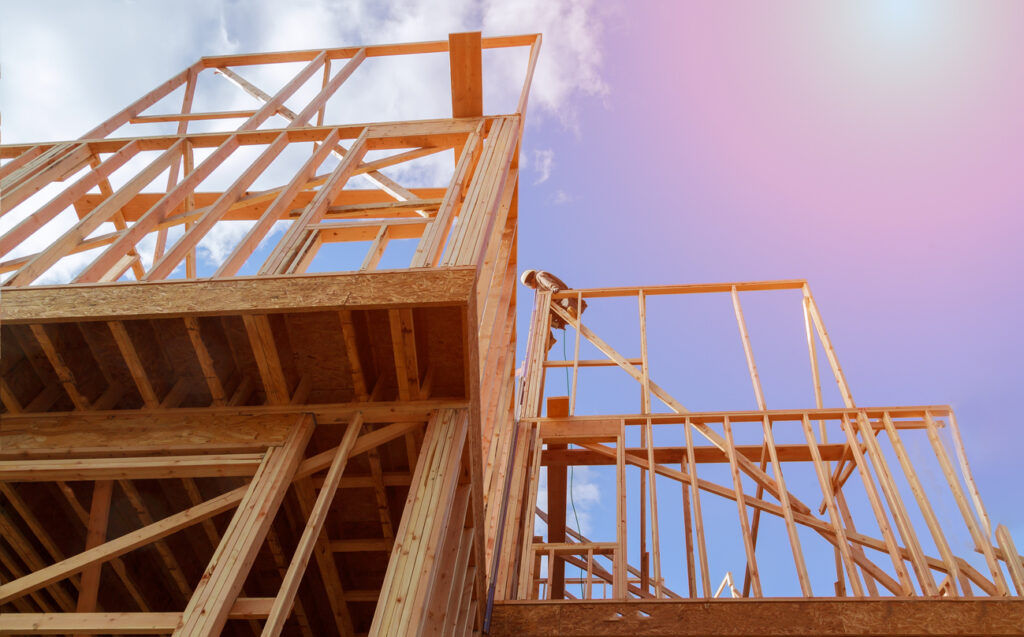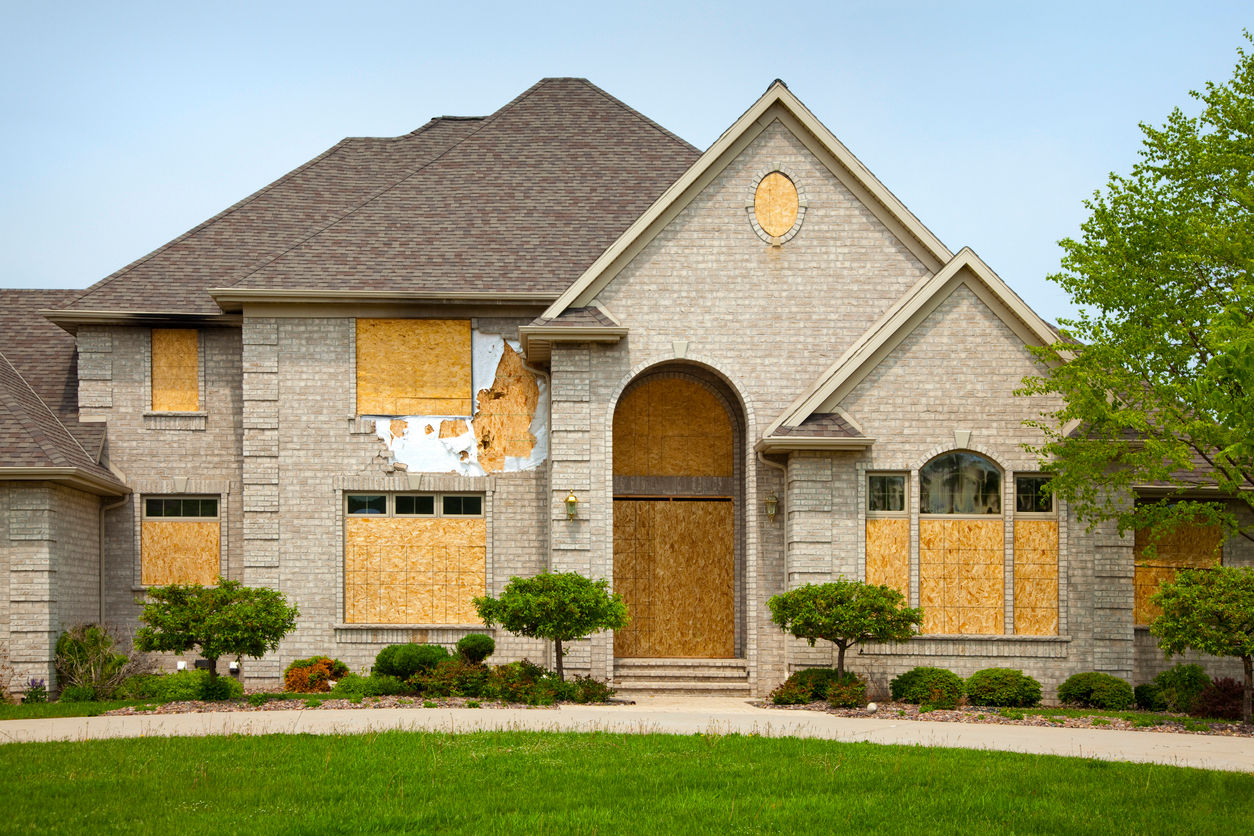- Common Questions about Building a House
- Building Your Dream House: What You Need to Know
- Understanding Building Restrictions
- Permitting Process: What to Expect
- Infrastructure & Utility Costs: Planning Your Budget
- Choosing the Right Location: Factors to Consider
- Working with an Experienced Realtor & Builder
Should I Build a House in 2025?
>>Find an Expert Real Estate Agent<<

This subject- Should I Build a House?-is near and dear to the heart of my real estate business, as half of my sales are for vacant land. Over the last 5+ years, I have seen a considerable bump in land sales, with potential home buyers looking to find the American Dream through building a house.
As home prices have risen, more and more buyers are turning to vacant land. Building a house comes with unique opportunities to craft your dream home, as well as detailed planning and occasional obstacles. It’s essential to understand the requirements of building a house before you dive in.
Common Questions about Building a House
Prior to selecting a lot, many ask these questions:
Can I live on my land while I build a house?
Yes.
Can I finance the land?
YES, typically land lenders start at 25% down.
Is there a timeline to build a home?
For most lots, the answer is NO. There may be some restrictions if you are purchasing in an HOA or planned development.
Can I build a barn/workshop first?
YES…Most of the time, as long as you permit the structure, you can build a workshop prior to building a home.
Can I build a manufactured home?
YES, for most properties. Unless there is a Homeowner Association (HOA) or Covenants, Conditions, & Restrictions (CC&Rs) that restrict manufactured homes or have a minimum home size.
Building Your Dream House: What You Need to Know
Building a home is an exciting opportunity to create a residence tailored to your vision, whether you’re looking for a peaceful retreat in the backcountry or a suburban oasis.
However, constructing a home from the ground up involves understanding local regulations, securing permits, and planning for infrastructure costs. As a licensed Realtor with extensive experience in land sales and homebuilding guidance, I want to provide you with key insights to help navigate the process smoothly.
While I’m writing from the perspective of a Realtor in San Diego County, the principle of building a home can be applied anywhere.
>>MORE: Home Buying 101
Understanding Building Restrictions
San Diego County (and most locations) have strict building regulations designed to ensure safety, environmental protection, and sustainable development. Before purchasing land, it’s essential to research zoning laws, land use designations, and any restrictions that may affect your plans. Some key considerations include:
Zoning & Land Use Regulations:
Each parcel of land falls under specific zoning ordinances dictating how the property can be developed. Some zones allow single-family residences, while others may have agricultural or conservation restrictions.
Minimum Lot Size Requirements:
Depending on location, there are minimum lot sizes for building a home, especially in rural or environmentally sensitive areas.
Setback Requirements:
Local ordinances dictate how far your home must be from property lines, roads, and natural features like rivers or hillsides.
Coastal and Environmental Restrictions:
If you’re building near the coast or within a sensitive habitat zone, additional environmental regulations may apply. California Coastal Commission oversight may be necessary for projects near the shoreline.
Fire and Wildfire Regulations:
Given San Diego’s wildfire-prone areas, homes must meet fire-resistant building codes, including defensible space requirements, fire-resistant materials, and adequate access for emergency vehicles. Fire truck turnaround is critical! Additionally, setbacks from slopes are essential safety measures.
>>DISCOVER: What to Look for in a Real Estate Agent
Permitting Process: What to Expect
Before breaking ground, you’ll need to secure various permits from the County of San Diego or city planning departments. The process includes:
Site Evaluation & Feasibility Study: Many properties require a professional assessment to determine soil stability, drainage, and environmental impact.
Obtaining a Building Permit: This is a critical step where your architectural plans are reviewed for code compliance.
Septic & Well Permits (If Needed): Rural properties may require percolation tests to determine if a septic system can be installed. Similarly, well drilling may require specific approvals. All permits go through the Dept. of Environmental Health.
Grading & Drainage Permits: If you plan to level land or alter natural drainage, additional permits are required to minimize erosion and runoff issues.
Utility Hookups & Access Permits: Ensuring your home has access to water, electricity, and roadways is essential. Some remote properties may require significant investments in infrastructure. Some homes are built “off-grid,” but I always advise clients to talk to the County or City. Before building a house, verify the requirements and guidelines of building with Solar versus a connection to the state power lines.
Infrastructure & Utility Costs: Planning Your Budget
Building a home isn’t just about purchasing land and putting up walls; infrastructure costs can significantly impact your budget. Important factors to consider include:
Water Access: If municipal water isn’t available, drilling a well can range from $10,000 to $50,000+, depending on depth and location.
Septic Systems: Installing a septic system can cost $10,000 to $35,000, depending on soil conditions and system requirements. There are traditional systems or alternative multiple-tank systems. Alternative systems also have annual county fees and pumping required.
Electricity & Solar: Connecting to the power grid can be expensive in rural areas, making solar power a viable alternative.
Driveway & Road Access: If your property lacks an established road, you may need to budget for grading, paving, and drainage solutions.
Fire Safety Requirements: Installing fire suppression systems, such as a water storage tank or sprinkler system, may be required in certain areas.
Choosing the Right Location: Factors to Consider
Selecting the right parcel of land is one of the most critical decisions when building a house. Consider:
- Proximity to Services: How close are you to grocery stores, schools, hospitals, and emergency services?
- Accessibility: Can delivery trucks and emergency vehicles easily reach your property?
- HOA & CC&R Restrictions: Some communities have Homeowner Associations (HOAs) or Covenants, Conditions, & Restrictions (CC&Rs) that dictate building guidelines.
- Climate & Weather Conditions: Coastal areas may experience salt corrosion, while inland areas face temperature extremes and wildfire risks.
Working with an Experienced Realtor & Builder
The complexity of purchasing land and constructing a home makes working with an experienced Realtor essential. No matter where you’re located, FastExpert has over 50,000 real estate agents throughout the Nation who can guide you in your search for land to develop.
Reach out to Jenniffer Taylor: As a local expert with 22+ years of experience in San Diego County real estate, I help buyers identify the right land, navigate zoning laws, and connect with trusted builders and permit specialists. I can guide you through the process with expert knowledge and strategic planning and connect you with local contractors.





